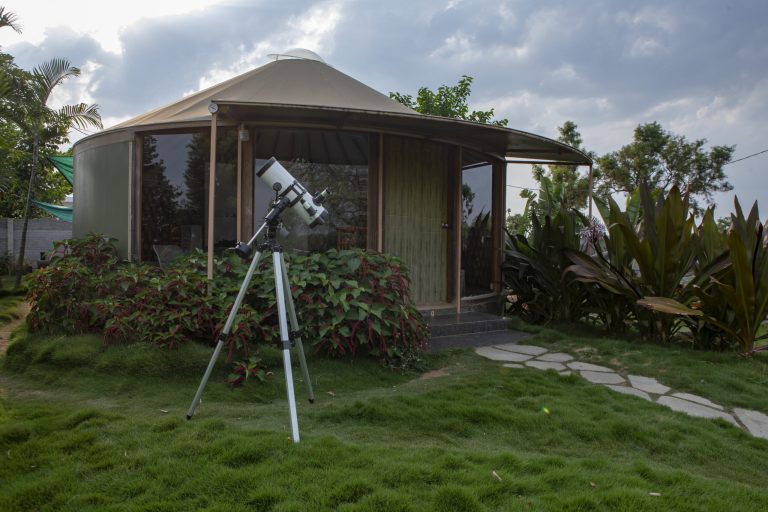By Lawrence Tony, Co-founder, The Out Factory
India must be a really happy country if one of its fastest-growing economic sectors is the tourism sector. The 2023 Union budget has named tourism a key sector and put it in the spotlight. The Ministry of Tourism is actively facilitating comprehensive development in at least 50 select destinations. As tourism develops, it also leads to the growth of multi-use infrastructure — world-class hotels, resorts, restaurants, roads, aviation, roads and railways, and much else.
India’s geographical diversity and expanse is such that every year new destinations are added to the tourism map. The only question the hospitality industry faces is how to cope with this demand.
Some incredible numbers. According to Invest India, 2022 saw 1.73 billion domestic tourist visits in India, and 2023 saw close to 10 million foreign arrivals. McKinsey’s report, ‘How India travels 2023’ claims that by 2030, Indian travellers will make 5 billion leisure trips, 99% being domestic. The number of international tourists will go up to 30.5 million by 2028. The report goes on that India’s travel spending will go up to USD 410 billion in 2030 (from USD 150 billion in 2019).
Where will the new rooms come from? India is poised to add another 60,000+ branded hotel rooms to the currently available 183,000 rooms. From Apr 2000 to Dec 2023, FDI in Hotel and Tourism was USD7.1 billion. This will only go up. The new generation of travelers is also very demanding. And their wants are very different. This is forcing the hospitality industry to not just look at more rooms, but differentiated rooms as well. So where are these new rooms coming from?
Adding flat-pack rooms! For making stays unusual and experiential, today’s hotelier has a few options lined up. Flat-pack concepts and rooms that can be flown in and assembled are now available— like container rooms, geodesic domes, and traditional luxury tents. But leading the way these days in Europe and the US and now in India, are yurts!
How yurts became popular. Yurts are the traditional homes of the nomads of the Mongolian steppes. It was in the US and Europe that they first became an option for glamping (glamour+camping). As glamping increased in popularity, yurts spread across holiday destinations worldwide. It offered the traveler the camping experience but with all creature comforts and glamour.
Yurt advantages. Yurts are now available in India and their rapid adoption by resorts across the country has several reasons.
The first is that they are only assembled at the site. While traditional construction would take months, all your yurt takes is 72 hours to assemble. The assembly does not disrupt your business — your guests are not disturbed, and your property is not a mess.
As they are temporary structures, yurts can also be installed where regular construction is prohibited or regulated. This explains why yurts are now the first choice for resorts in wildlife zones and coastal areas. Also, yurts are way more eco-friendly and sustainable than traditional construction.
Yurts also come in a range of sizes, from 300 sq ft to 800+ sq ft. This means hoteliers have the option of planning their offerings as single rooms, family yurts, yurt villas, suites, and so on. There also are luxury, twin-level yurts for those with deeper pockets.
Yurts can also be used as spas, cafes, gyms, libraries, and such within the resort. While container rooms can be a little claustrophobic when it comes to sizes, yurts are a lot more accommodating and adaptable when it comes to space and layouts.
For the traveler, the yurt offers the camping feel but with all the luxury travelers now demand — en-suite washrooms, air-conditioning, themed interiors, the works.
A room in 72 hours! With yurts, the hotel owner can have a luxury room up and earning in 72 hours. No other option can offer such a quick RoI! And you can pack in all the luxury you want into the yurt to make it appealing to your well-heeled and well-traveled customer.
Yurts are the ideal solution for hoteliers who want to add unique experiences. Because the new traveler is traveling not just for the destination, but also for the experience. And Yurts are the perfect insta-flat-pack, for the Insta-generation.


